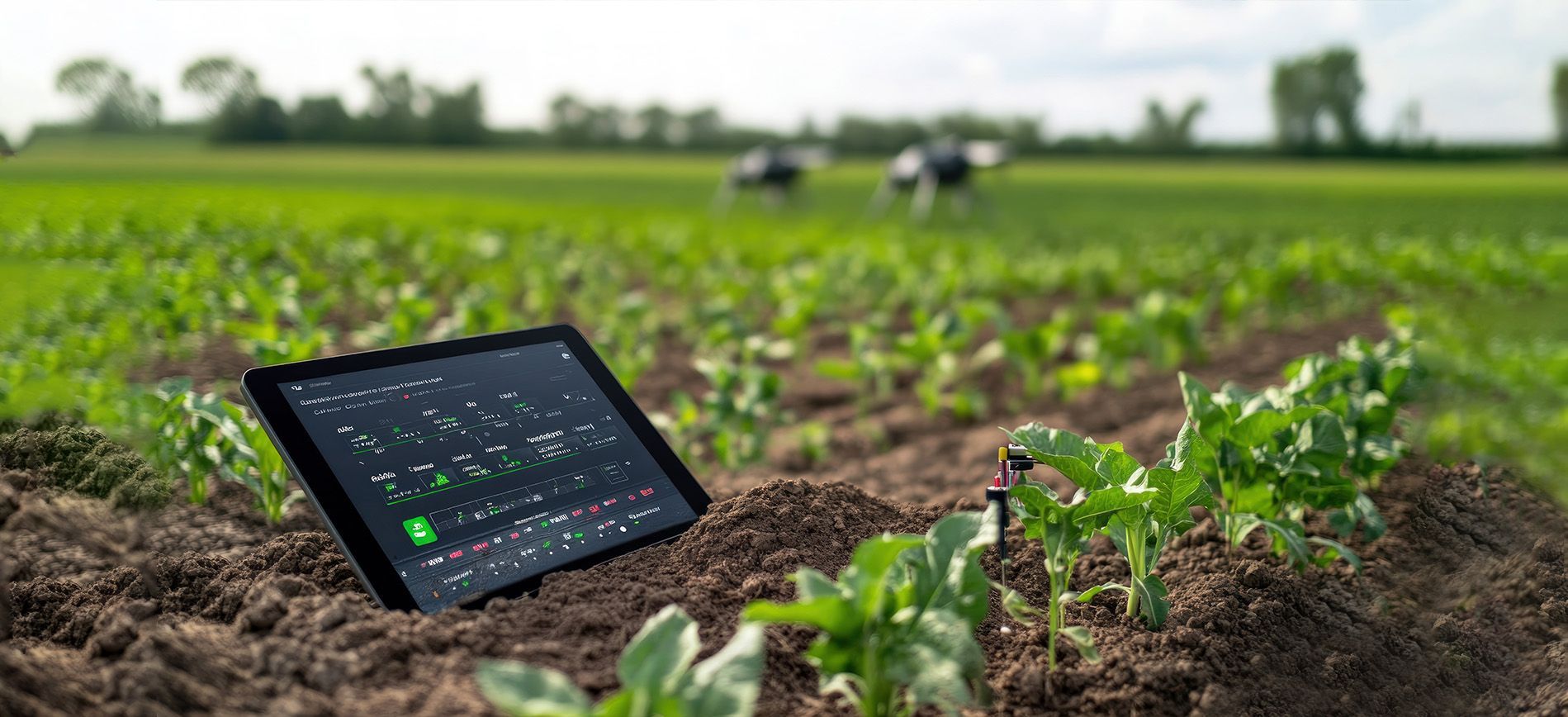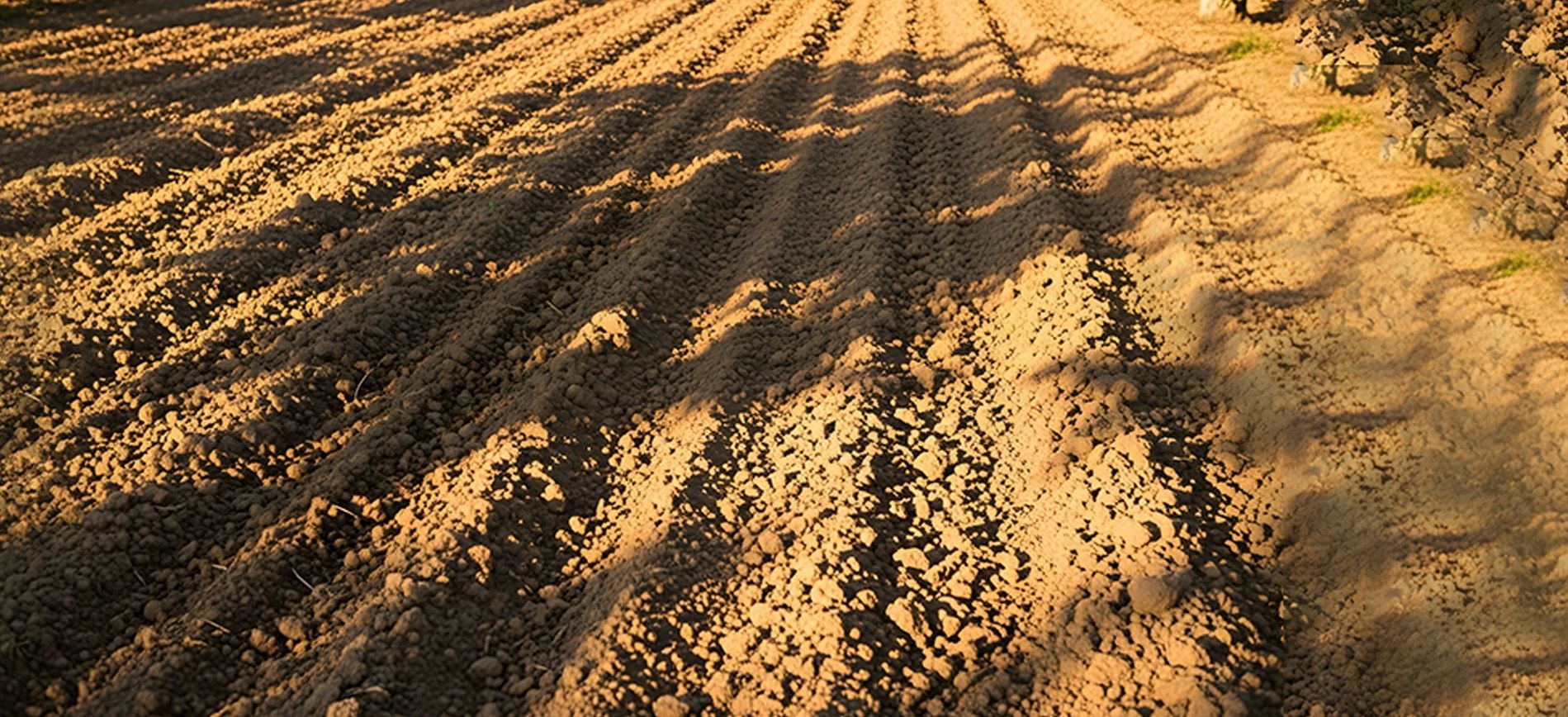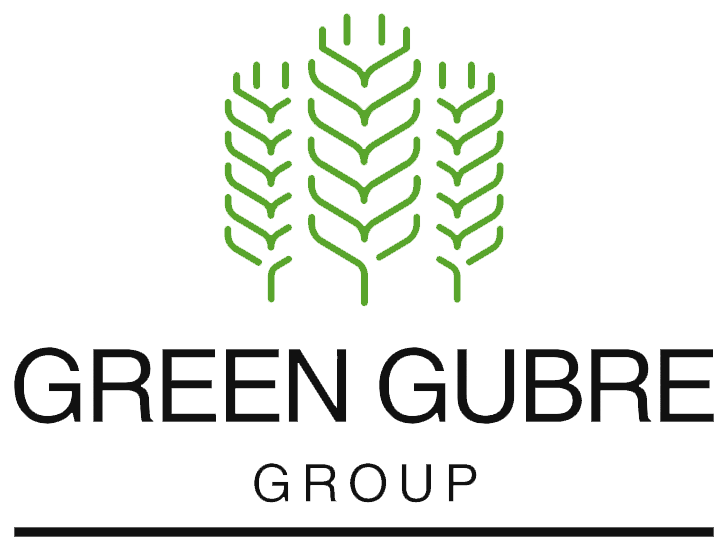The Impact of Fertilizer Subsidy Programs in Africa
The Impact of Fertilizer Subsidy Programs in Africa

Fertilizer subsidy programs have become a critical tool for improving agricultural productivity and supporting smallholder farmers in Africa. These initiatives help reduce the cost of fertilizers, making them accessible to farmers who would otherwise struggle to afford essential inputs like Urea 46% and NPK fertilizers. This blog explores how fertilizer subsidy programs are boosting food security and agricultural development in Africa, the challenges they face, and their long-term impact on the agricultural sector.
1. Why Fertilizer Subsidy Programs Matter
Fertilizers are a key component of modern agriculture, helping to restore soil fertility and boost crop yields. However, in many parts of Africa, farmers particularly smallholders—face financial barriers to purchasing fertilizers. Fertilizer subsidy programs help bridge this gap by providing farmers with fertilizers at reduced prices, enabling them to increase productivity and improve food security.
2. Impact on Crop Yields and Agricultural Productivity
Fertilizer subsidies have been shown to significantly increase crop yields. In countries like Malawi and Kenya, the introduction of subsidy programs has led to remarkable improvements in maize production and other staple crops. Urea 46% and NPK fertilizers are often used in these programs because they provide essential nutrients like nitrogen, phosphorus, and potassium, which are crucial for plant growth and soil health.
3. Economic and Social Benefits
The impact of fertilizer subsidy programs extends beyond individual farms. By increasing crop yields, these programs contribute to national food security, reduce the need for food imports, and create opportunities for rural employment. Additionally, they improve household incomes, enabling families to invest in education, healthcare, and other critical areas.
4. Challenges Facing Fertilizer Subsidy Programs
Despite their benefits, fertilizer subsidy programs face several challenges:
- Logistics and Distribution: In remote areas, the distribution of subsidized fertilizers can be difficult due to poor infrastructure and transportation systems. Ensuring that fertilizers reach the farmers who need them most is a major logistical challenge.
- Sustainability: While subsidies are effective in the short term, there are concerns about their long-term sustainability. Programs that rely heavily on government funding may face budgetary constraints or mismanagement, leading to inefficiencies.
- Environmental Impact: Overuse of fertilizers due to subsidies can lead to environmental problems, such as soil degradation, water pollution, and nitrogen runoff. To mitigate these risks, it is important to promote sustainable fertilizer use practices alongside subsidy programs.
5. Success Stories and Future Potential
Countries like Zambia, Nigeria, and Ghana have seen success with fertilizer subsidy programs, with significant improvements in both crop yields and farmer incomes. Moving forward, there is potential for expanding these programs to more regions and integrating them with other agricultural development initiatives, such as improved seed distribution, extension services, and market access.
Conclusion
Fertilizer subsidy programs have proven to be a powerful tool for enhancing agricultural productivity and food security in Africa. By making fertilizers like Urea 46% and NPK fertilizers more accessible, these programs empower smallholder farmers to improve their yields and contribute to national food security. While challenges remain, the success of these programs demonstrates their potential to transform Africa’s agricultural landscape.




